Jaguar Land Rover Readies XJ Successor, New SUV

With Jaguar’s XJ sedan on its way out, the company is actively working on a replacement using its new Modular Longitudinal Architecture (MLA). Like many modern platforms, MLA can be be adapted for use in electric, plug-in hybrid, and mild-hybrid applications… and the automotive firm no doubt plans to squeeze every dime it can out of that built-in versatility.
Following the debut of a large premium sedan that’s supposed to replace the XJ sometime next year, MLA will see action at Land Rover — underpinning the new Ranger Rover in 2021. Eventually the automaker intends to use MLA as the basis for most future models, hopefully reducing development and manufacturing costs after posting a $4.6 billion loss earlier this year.
According to Automotive News, the XJ’s replacement will be launched as an electric model with a six-cylinder gasoline version to follow after an undetermined period of time.
Electric vehicles using the MLA platform will have a battery size of 90 kWh and provide a maximum range just shy of 300 miles. Meanwhile, plug-in hybrid models will use a smaller 13-kWh battery to give an electric only range of roughly 31 miles before the internal combustion engine has to start picking up the slack. Mild hybrids will continue using JLR’s Ingenium engine series with an integrated starter generator.
Nick Rogers, JLR’s head of product engineering, has previously said that MLA-based cars will be manufactured in Solihull, England, meaning the XJ’s current home in Castle Bromwich will have to find something else to build when the model ceases production next month.
From Automotive News:
The next-generation Range Rover will be followed by the redesigned Range Rover Sport on the same MLA platform. Both SUVs will be available as plug-in hybrids and at least one of Range Rover’s four nameplates will have a full-electric option, according to the presentation for investors.
The 2021 rollout for both Range Rovers was confirmed by outgoing JLR CFO Ken Gregor on the company’s earnings conference call in May.
JLR already offers plug-in models of the current Range Rover and Range Rover Sport, which use the company’s D7U platform, and is readying a plug-in hybrid version of the new Range Rover Evoque, which uses an updated version of the D7A platform.
However, for as much work as JLR plans on giving MLA, its unlikely the platform will be a universal tool for the automaker. Jaguar’s outgoing head of design, Ian Callum, expressed some doubt that JLR would be able to effectively place every vehicle in the hands of one platform.
“We are moving to MLA yes, but that won’t be the only platform,” Callum told Automotive News Europe. “It would be mad not to evolve the I-Pace platform. It’s not the least expensive platform in the world, but the first platform is inevitably going more expensive than the next one.”
The Jaguar I-Pace is currently manufactured under contract by by Magna Steyr, in Austria, using the one-off JLR D7e platform. While it managed to win World Car of the Year at the New York International Auto Show, we’re not certain how much energy the manufacturer would want to put behind a speciality EV that sells somewhat poorly.
Jaguar typically only ships a couple-hundred I-Paces per month inside the United States, while European deliveries have proven wildly inconstant due to supply chain issues and unpredictable demand. In December of 2018, Jag sold nearly 3,000 examples of the electric crossover to European customers but the number fell to 528 in the following month.
[Images: Jaguar Land Rover]

A staunch consumer advocate tracking industry trends and regulation. Before joining TTAC, Matt spent a decade working for marketing and research firms based in NYC. Clients included several of the world’s largest automakers, global tire brands, and aftermarket part suppliers. Dissatisfied with the corporate world and resentful of having to wear suits everyday, he pivoted to writing about cars. Since then, that man has become an ardent supporter of the right-to-repair movement, been interviewed on the auto industry by national radio broadcasts, driven more rental cars than anyone ever should, participated in amateur rallying events, and received the requisite minimum training as sanctioned by the SCCA. Handy with a wrench, Matt grew up surrounded by Detroit auto workers and managed to get a pizza delivery job before he was legally eligible. He later found himself driving box trucks through Manhattan, guaranteeing future sympathy for actual truckers. He continues to conduct research pertaining to the automotive sector as an independent contractor and has since moved back to his native Michigan, closer to where the cars are born. A contrarian, Matt claims to prefer understeer — stating that front and all-wheel drive vehicles cater best to his driving style.
More by Matt Posky
Latest Car Reviews
Read moreLatest Product Reviews
Read moreRecent Comments
- AZFelix I have always wondered if the poor ability of Tesla cars in detecting children was due to their using camera only systems. Optical geometry explains that a child half the height of an adult seems to have the same height as that same adult standing twice as far away from the viewer.
- 28-Cars-Later Actually pretty appealing (apparently I'm doing this now). On a similar note, a friend of mine had a difficult situation with a tenant which led to eviction and apparently the tenant has abandoned a 2007 Jag S-Type with unknown miles in the garage so he called me for an opinion. Before checking I said $2-3 max, low and behold I'm just that good with the 3.0L clocking in at $2,3 on average (oddly the 4.2 V8 version only pulls $2,9ish) and S-Types after MY05 are supposedly decent.
- DO I have owned a 2012 LR4 since day one and it has been the best vehicle I have ever had the pleasure of having in the garage. I know how easy it is to hate on Land Rover but this LR4 is comfortable, has a ton of storage room and is so versatile. With 110k miles, mine is now relegated to ‘other’ car use but is still the go to for off road adventures and snow runs. Nice to see one featured here - I think they are so underrated.
- Tane94 I'd be curious to know whether 87 octane is no longer the most popular grade of gasoline by sales volume. My Costco often runs out of Premium grade and I suspect 93 octane might now be the most popular grade of gas. Paying 40-50 cents more per gallon 87 vs 93 octane because of turbo engines is the real story
- Redapple2 125 large? You re getting into 911 territory.



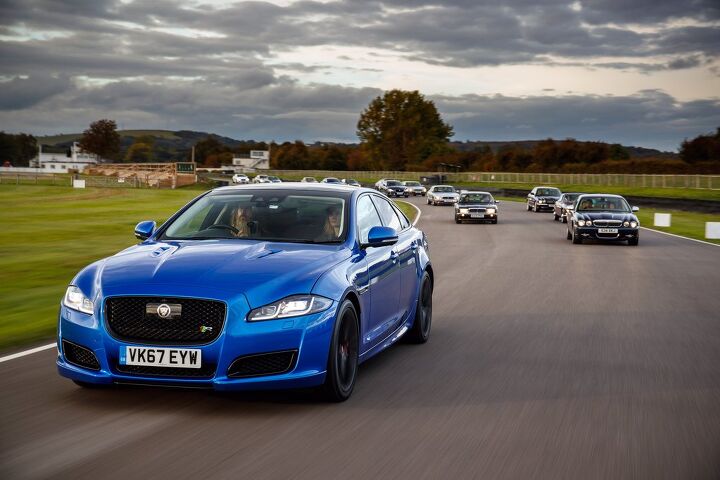
















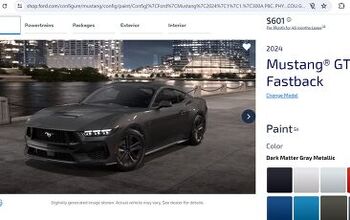
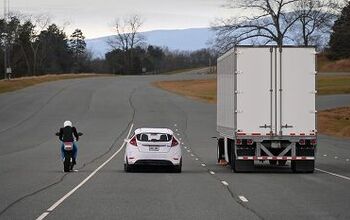
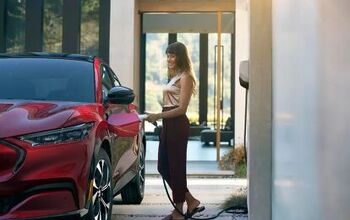
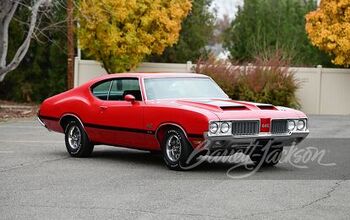
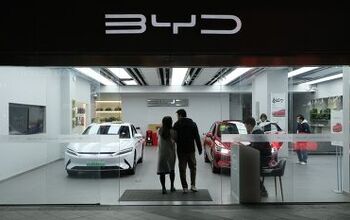
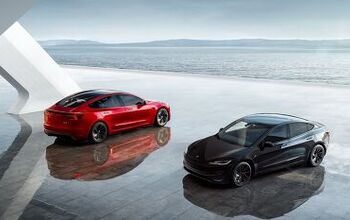
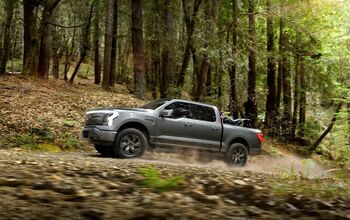
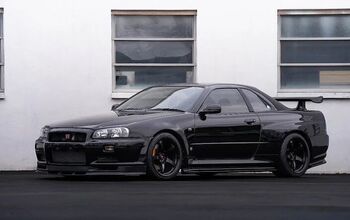
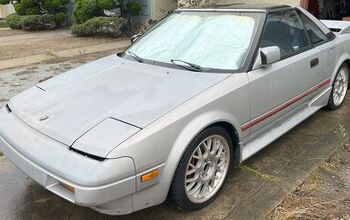
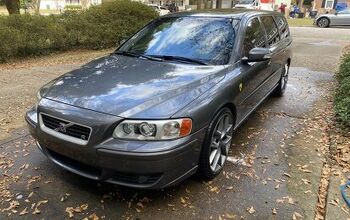

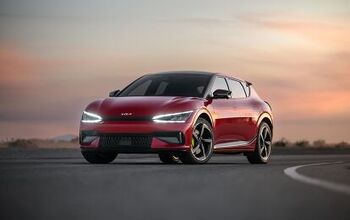

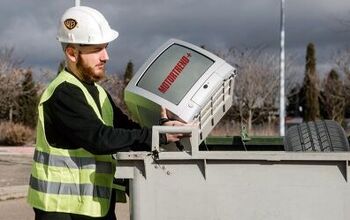
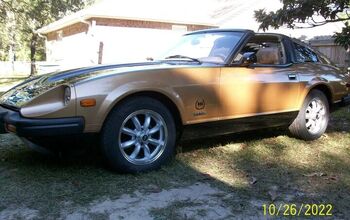
Comments
Join the conversation
"December of 2018, Jag sold nearly 3,000 examples of the electric crossover to European customers but the number fell to 528 in the following month." Well, sure, but why stop at January? Must admit I am no fan of your editorializing which from my POV seems to often include some myopic world views. Feb:872 Mar:1503: Apr:1195. What shortage? They only ever planned to make 12,000 a year. US sales run steady at 200 a month. Total since early intro sales April 2018 are about 10,000. If I had a spare $80K and wanted an EV, I'd get the Jaguar. It looks phenomenal - the owner of a 15 dealer megagroup here drives around in one. The finish is great, no wonder Magna Steyr got picked to build the Supra, and jeez, guess what? There's an actual dealer in town, whereas Tesla is located 5,000 km away in another country with service policies that change on a whim. You're out on a service limb buying one here, especially with no local incentives to begin with, only national ones just coming into effect that are capped to encourage sales of less expensive EVs. The XJ should die and the investment saved to hybridize or EV the other models and upgrade the interiors. Nobody wants a land barge whose interior isn't up to the Mercedes Dayglo Berlin-by-Night standard with rocket nozzle interior air vents and microsuede-clad vacuum-formed plastic dash with glass instrumentation which is classy beyond compare. Apparently. Or if they don't want a Merc, then it's an upper model Tesla S which in its own country is no bad thing at all. Batting for the home team is great, but if you live somewhere else like Canada, both Tesla and Jaguar are imports, so why hassle yourself with no local dealer?
On paper the EV revolution sounds good, but in practice there are plenty of drawbacks, particularly in the taxi business. Since the middle of last year Jaguar is currently testing a fleet of i-Pace taxis in Munich, my city. I recently spoke with a taxi driver who operated an i-Pace in the summer and winter of 2018. He stated that the range is excellent on paper, but in practice it‘s barely adequate in the winter and peak summer months when heating and air-conditioning are respectively needed. https://www.abendzeitung-muenchen.de/inhalt.zehn-jaguar-i-pace-muenchner-taxi-zentrum-bekommt-noble-e-taxi-flotte.db604178-d55b-47f8-9bff-fa1b73e6adca.html